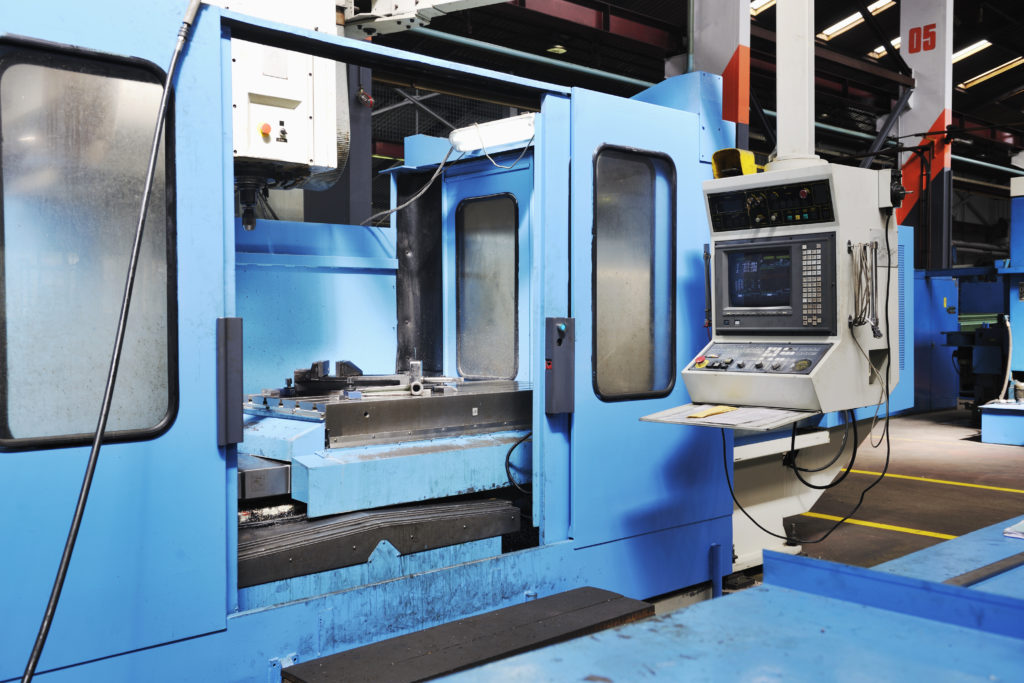Ever since the election of President Trump, manufacturing professionals have been wondering how the new administration might affect their business. Trump ran in part on a promise to create more jobs, including manufacturing, so many in the industry have been eagerly following any manufacturing news that might indicate the direction in which things seem to be going.
So where is America headed with respect to manufacturing under this new administration and beyond?
The Effect of Trump on American Manufacturing
The reviews seem to be very good for manufacturing. The Institute for Supply Management said that, since the Trump administration, manufacturing has grown steadily — most notably in June when U.S. manufacturing expanded at the fastest pace in close to three years, with the second-highest reading in over six years.
This growth is accelerated and broad-based, with 15 of the 18 manufacturing industries they studied showing growth. The overall U.S. economy has grown as well, but we should note that it has been growing continuously since the start of the Obama administration.
Future Effects on Manufacturing
Things look good so far, but the real question is: will these positive trends continue? The National Association of Manufacturers seems to think so. They have recorded a marked decline in concerns regarding primary current business challenges in the first half of Trump’s first year, and expect this to continue. According to the National Association of Manufacturers survey, optimism among manufacturers was at an all-time high of 93 percent in the first quarter of 2017.
Much of this optimism may be attributed to current and future federal deregulation efforts, which manufacturers expect to reduce challenges with regard to taxation, insurance costs, unfavorable business climates and attracting and retaining new quality employees.
American Manufacturing Policies
So what are these efforts that are causing so much optimism? They include President Trump putting an executive hold on administrative rules approval, issuing an Executive Order requiring two deregulatory actions for every new cost-bearing regulatory one, and using the Congressional Review Act to prevent the enacting of 14 regulations adopted at the end of the Obama administration. Profitability tends to soar as oversight wanes.
Analyzing the Future of Manufacturing
It’s important to note that most of this optimism and growth is based on predictions for what the future will hold. How things actually unfold may not conform to expectations. Traditional thinking says fewer regulations mean more opportunities for manufacturing companies to grow and hire more workers. Currently, there is no indication that Trump will shy away from more deregulation anytime soon.
While there are clear downsides to deregulation, such as a lower emphasis on the health and safety of employees and consumers, Trump’s actions could give a much-needed shot in the arm to America’s manufacturing industry at a time when many may feel manufacturing is an industry for an earlier age. If you are in the manufacturing industry, it looks for now like the immediate future will be bright.
